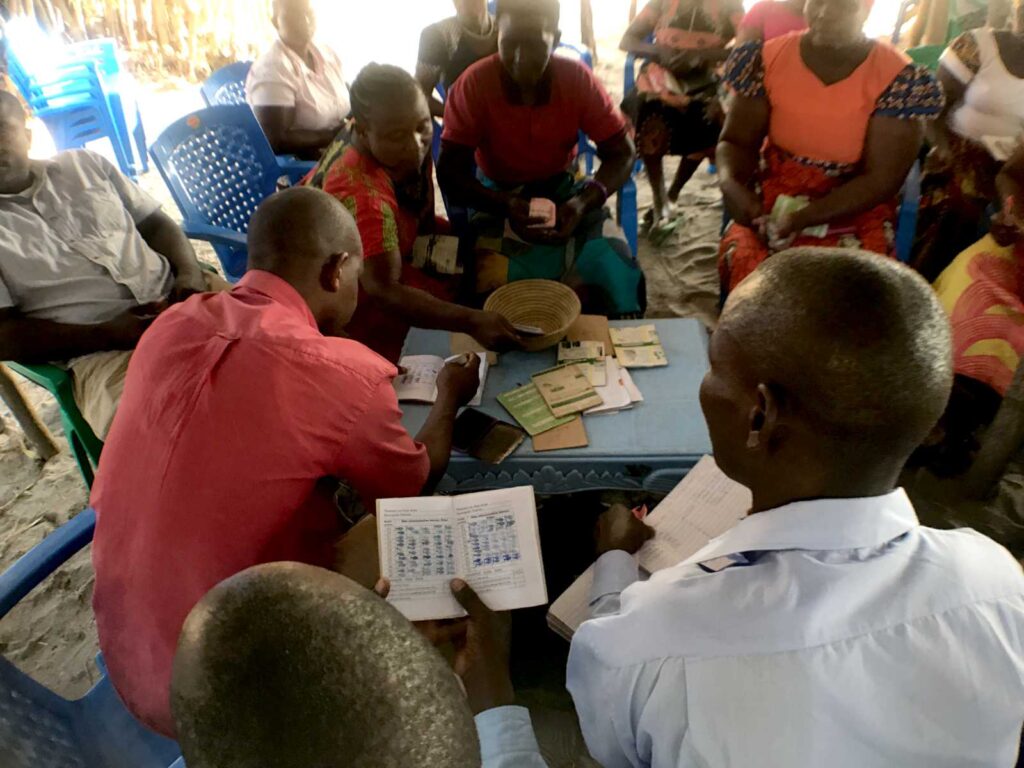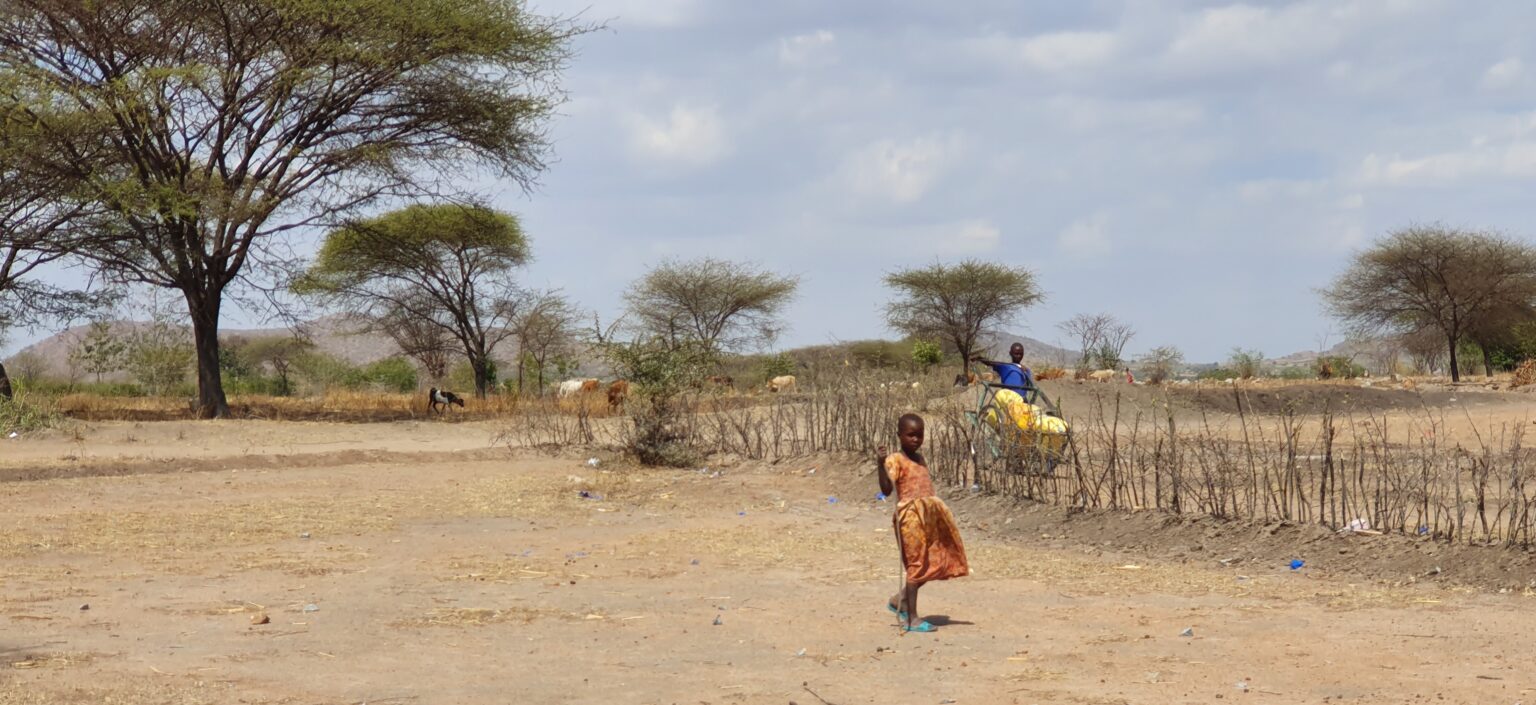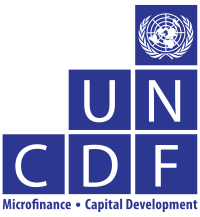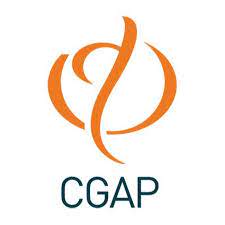Financial Inclusion
“Financial
inclusion means that individuals and enterprises can access and use a range of appropriate and responsibly provided
financial services offered in a well-regulated environment. There is a
growing evidence that increased levels of financial inclusion – through the
extension of savings, credit, insurance, and payment services – contributes
significantly to sustainable economic growth.”

1.7 Billion People Lack Access to Financial Liquidity and Formal Financial Services!
“Globally, about 1.7 billion people have no financial account — at a bank, mobile money provider or other formal institution. Even when they have accounts, many poor people find them of little value, and they are left unused. The result is that roughly one in three of the world’s adult population lacks the financial services they could use to dramatically improve their lives.
They have no savings for a child’s education; they cannot access loans to buy the seeds and fertilizers; and they have no insurance to protect them from medical or natural disasters. […] The evidence is building that financial inclusion is a key enabler for reducing poverty, and for achieving the United Nations’ Sustainable Development Goals of improved education, better health, food security, access to clean water and more.”

Evidence for Positive Impact of Financial Inclusion on Individuals and Their Economic Activities!
“Financial inclusion is positioned prominently as an enabler of other developmental goals in the 2030 Sustainable Development Goals, where it is featured as a target in eight of the seventeen goals.
These include SDG 1, on eradicating poverty; SDG 2 on ending hunger, achieving food security and promoting sustainable agriculture; SDG 3 on improved health and well-being; SDG 5 on achieving gender equality and economic empowerment of women; SDG 8 on promoting economic growth and jobs creation; SDG 9 on supporting industry, innovation, and infrastructure; and SDG 10 on reducing inequality. Additionally, in SDG 17 on strengthening the means of implementation there is an implicit role for greater financial inclusion through greater savings mobilization for investment and consumption that can spur growth.
There is academic evidence that financial inclusion models can support overall economic growth and the achievement of broader development goals. […] The results of a long-term impact study on a mobile money service in Kenya, M-PESA, found mobile money has lifted as many as 194,000 households – 2% of the Kenyan population – out of poverty, and has been effective in improving the economic lives of poor women and of members of female-headed households.
There is also growing evidence of financial inclusion creating more stable financial systems and economies, mobilizing domestic resources through national savings, and helping to boost government revenue.”


